35mm Picture Shot With Different Wide Angle Lenses
Shooting wide angle lenses can be tricky, here are 10 tips on how to make your wide shots great!
I shoot wide-angle a lot. When I travel, this is the lens I use 90% of the time. I love to use it for landscape and architecture, and even use it sometimes for street photography. It provides a look that I simply cannot achieve with other lenses. However, it is a lens that takes some getting used to.
First up, what is wide-angle? Simply put, it is any focal length equivalent to 35mm or less on a full frame camera. Wide-angle lenses come in fixed-focal lengths (14, 18, 20, 24, and 28mm are common fixed-focal lengths) and in zooms, such as Nikon's 12-24mm or Canon's 16-35mm. All of the photos used as illustrations in this article were shot with a Sigma 10-20mm lens, equivalent to 15-30mm on the Nikon D7100 they were shot with.
It should also be noted that there is a type of ultra wide-angle lens, the fisheye, which is designed to create a distorted, spherical view of the world, most evident in the curved outer corners of the frame. This is a special type of lens with its own considerations that will not be discussed here.
With all this in mind, following are 10 tips to try out when shooting with a wide-angle lens.
1) Avoid Distortion
Wide-angle lenses can be good at keeping vertical and horizontal lines straight, but only when the camera is pointed straight ahead. Any slight downward or upward angle can result in distorted lines, particularly along the edges. Keeping the camera level with the horizon, and perpendicular, will provide nice, straight lines that require little or no correction in post processing.
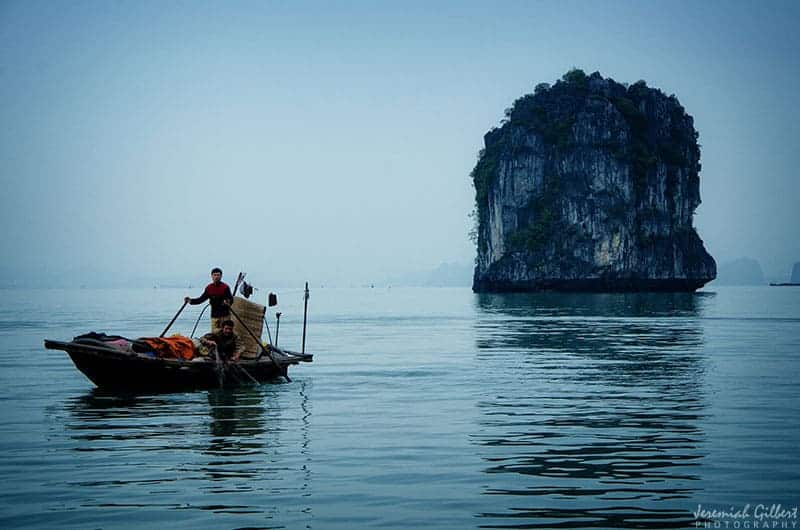
2) Use Distortion
There are times, however, when some distortion can add to the photo, so try moving the lens about and seeing how it affects the lines along the edges or distorts objects in the foreground. This is very subjective, of course, and not everyone will like the results. I personally prefer to do this very subtly as I'm not trying to mimic a fisheye lens.
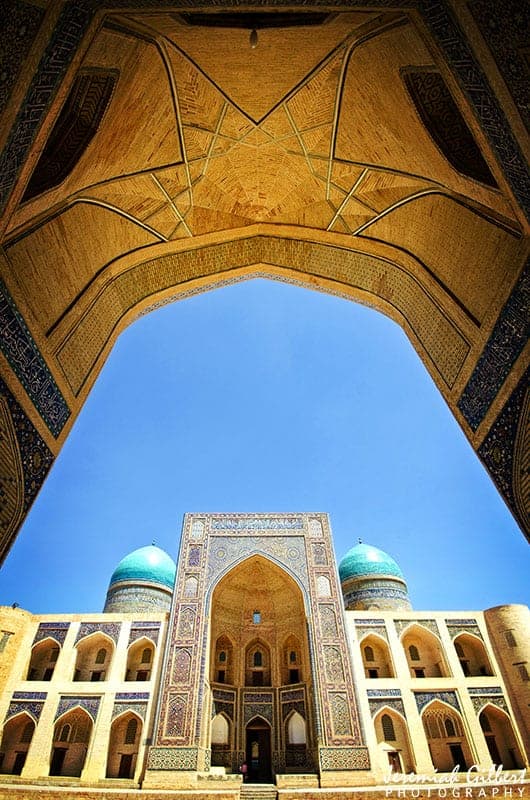
3) An Interesting Foreground
As wide-angle lenses capture more of the scene, it is a good idea to make sure there is something interesting in the foreground for the viewer to look at. This is particularly true of landscape photography. Otherwise there may be too much empty space in the photo and the image can become boring and leave the viewer's eye wondering, looking for a focal point.

4) Take Advantage of the Sky
Similar to using an interesting foreground, if you have a beautiful sky, you can also use the wide-angle to take advantage of it. Fill 1/3 to 1/2 of your frame with the sky and the wide-angle will accentuate it because of the added sense of depth that these lenses create. Of course, the foreground still needs to be interesting; you can just have less of it in this case.

5) Use Leading Lines
As wide-angle lenses capture so much of the scene, it is often easy to lose track of what one is looking at in the resulting photo. This being the case, leading lines can be used to draw in the viewer. As wide-angle lenses exaggerate the sense of scale, this can also add to the power of the lines. Training yourself to look for lines and using them in your photos with a wide-angle lens can help you create more dramatic images.
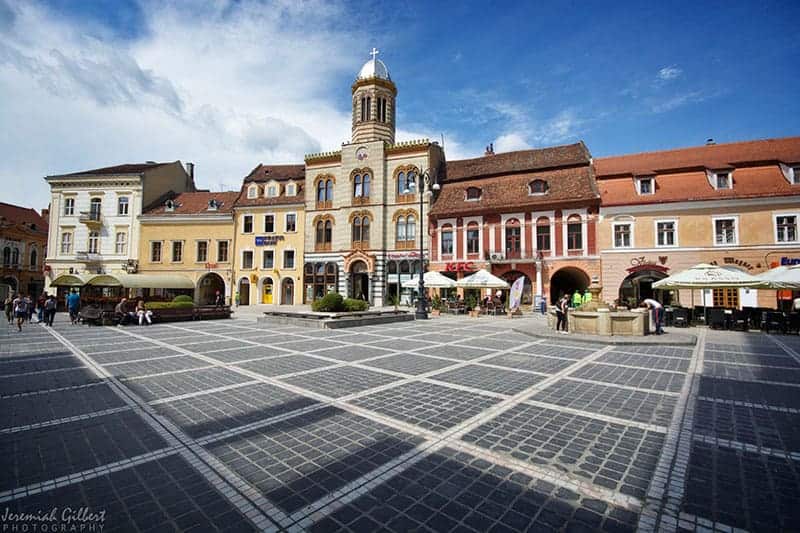
6) Shoot Low
Shooting low, you can include much of the ground in front of you to guide you up to the subject. Whether a garden or a fountain or an intriguingly cracked road, shooting low can provide an interesting subject that can lead the viewer back to the horizon. Because of the extreme width you are using, you can shoot from very low, close-to-the-ground angles and still fit tall subjects and skies into the frame.

7) Frame the Shot
Wide-angle lenses can be used to frame subjects in interesting ways. This can include capturing subjects within whole doorframes or windows, for instance, or finding other interesting ways that can frame your shot. You may not even notice some of the possibilities until you look through the viewfinder and see the world as the wide-angle lens sees it.
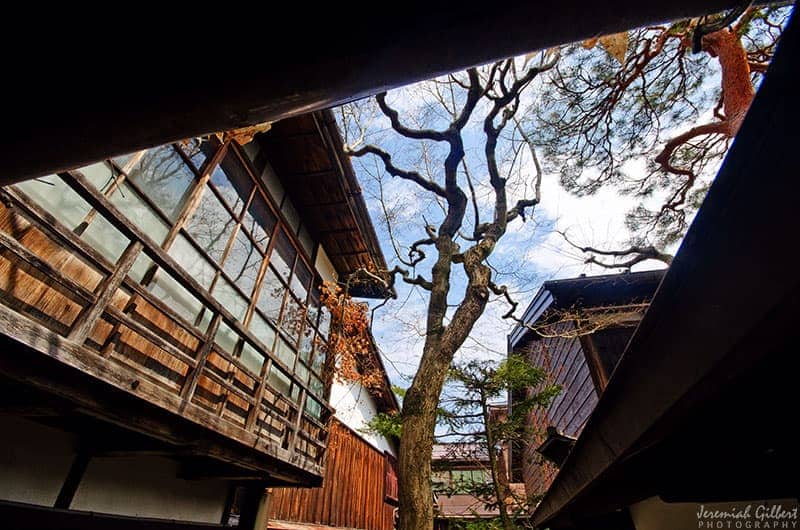
8) Keep People Out of the Corners
Wide-angle lenses distort the most in the corners, so someone in the corner of a photo becomes noticeably distorted. This is particularly true with shorter focal lengths (15mm can distort more than 30mm). In general, always keep people near the center of your frame when shooting wide-angle. Otherwise, they can appear shorter and wider than they are, which is not a good look.
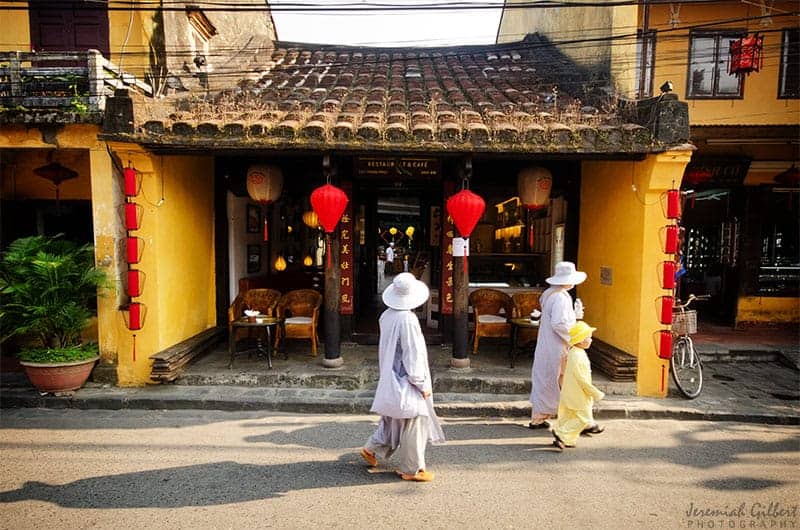
9) Shoot Vertical
There is a tendency when shooting wide-angle to shoot horizontal, but interesting results can occur when shooting vertically. Tall buildings can be captured in their entirety, for instance, or a feet-to-sky perspective can be achieved. All the concerns mentioned above still need to be considered, especially distorting vertical lines along the edge of your frame, but the results can be quite striking.

10) Keep an Eye Out for the Unintended
If you have the sun behind you, for instance, you may find your shadow in the frame when shooting wide-angle. You may also be bringing in something like a car or light post that is out of the shot as you look at it with your eye but in the shot when looking at it through a wide-angle lens. In general, take an extra moment to look around your frame when shooting wide-angle as more may have crept into the shot than you intended.

Once understood, a wide-angle lens can provide stunning results that cannot be captured otherwise. Many times I have found myself squeezed into a corner or against a wall trying to fit a subject fully into the frame, and that's using a 15mm focal length. When I am able to capture photos others with me have not, it has always been because I was the only one using a wide-angle lens. If you've never tried one, I would highly encourage you to at least rent or borrow one and see what you can do with it.
About
Jeremiah Gilbert is a college professor, photographer, and avid traveler. So far he has been to over fifty countries spread across five continents. Through his work with models, both in studio and on location, he has been internationally published in both digital and print publications. His blog, photo portfolio, and travel tales can be found at www.jeremiahgilbert.com.
35mm Picture Shot With Different Wide Angle Lenses
Source: https://improvephotography.com/33932/10-tips-shooting-wide-angle/